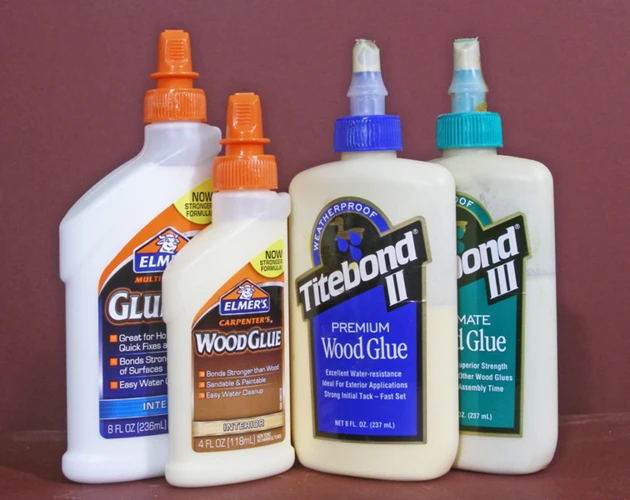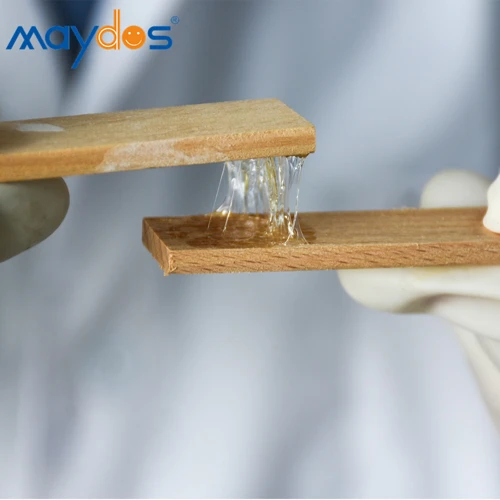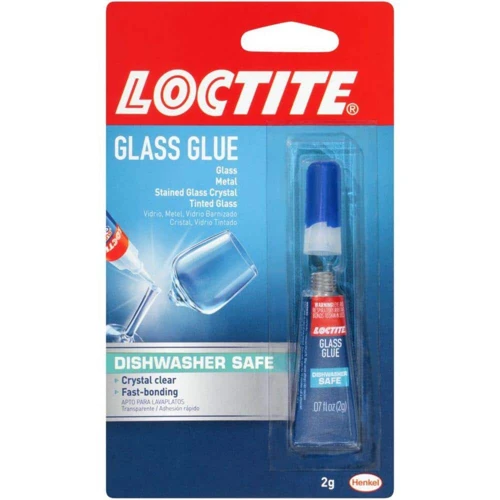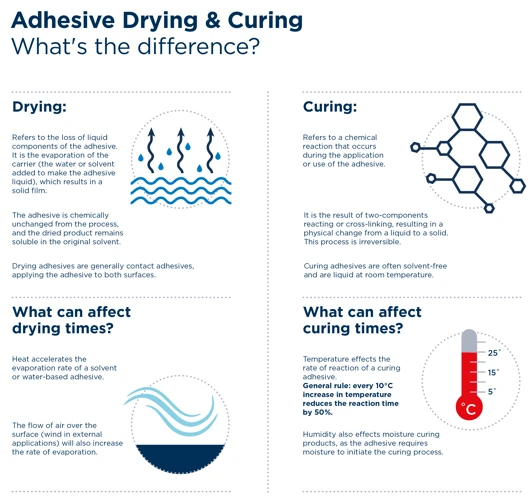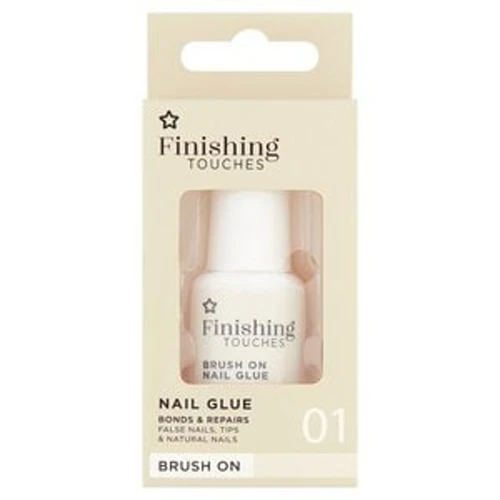When it comes to crafting and repairs, the challenge of adhering different materials together can be a significant hurdle. Specifically, the process of bonding rubber to glass requires precision and an understanding of the materials involved. This task can be essential in various applications ranging from automotive repairs to household projects. Ensuring a durable and reliable bond is crucial for the longevity and functionality of the items you are working with.
Importance of Selecting the Right Rubber to Glass Adhesive
Selecting the appropriate rubber to glass adhesive is not just about the bond’s strength. The right adhesive ensures compatibility between different thermal expansions, resistance to environmental factors, and the flexibility needed to maintain a secure bond under stress. Understanding these nuances is key to a successful application.
Understanding Different Types of Rubber
Rubber is a versatile material with various formulations, each with unique properties. Knowing the type of rubber you are working with is the first step in ensuring a successful bond to glass.
Identifying the Rubber Type for Your Project
To choose the right adhesive, you must first identify whether your rubber is natural or synthetic. Common synthetic rubbers include neoprene, silicone, and butyl, each responding differently to adhesives. Matching the rubber type with the correct glue rubber to glass formula will enhance the bond’s effectiveness.
Best Glue for Rubber to Glass
Finding the best glue for rubber to glass applications is pivotal. A suitable adhesive will exhibit excellent adhesion, resistance to temperature changes, and environmental durability once cured.
Comparing Rubber to Glass Adhesive Options
Adhesives come in various chemistries such as silicone-based, polyurethane, and cyanoacrylate. Each has its advantages and suitability for rubber to glass bonding. Silicone-based adhesives, for instance, are flexible and weather-resistant, making them a popular choice for outdoor applications.
Top Picks for Strong Glue for Rubber to Glass Applications
Among the top contenders are polyurethane adhesives, which offer a strong and flexible bond, and specialized rubber to glass glues, designed for a robust attachment between these two distinct materials.
DIY Rubber to Glass Bonding Guide
Embarking on a DIY rubber to glass bonding project can be fulfilling and cost-effective. With the right approach and materials, you can achieve professional-level results.
Materials and Tools You Will Need
- Selected rubber to glass adhesive
- Clean cloths
- Isopropyl alcohol or similar cleaner
- Protective gloves
- Clamps or weights (for securing while curing)
Preparing the Rubber and Glass Surfaces
Cleanliness is paramount; the surfaces must be free of oils, dirt, and debris. Use isopropyl alcohol to wipe down both the glass and rubber before applying the adhesive to ensure optimal bonding.
Attaching Rubber to Glass Instructions
Applying the adhesive evenly and in the right quantity is crucial. Too much can cause oozing and weaken the bond, while too little may not provide enough hold.
Step-by-Step Process for Bonding Rubber to Glass
- Clean both surfaces thoroughly.
- Apply the adhesive as directed by the manufacturer.
- Carefully position the rubber onto the glass.
- Use clamps or weights to apply pressure.
- Allow the bond to cure as recommended.
Curing Time and Tips for Strong Adhesion
The curing time can vary depending on the adhesive chosen. It is essential to follow the manufacturer’s instructions for the best results. Avoid moving the bond during this time to ensure a strong glue for rubber to glass adhesion.
Rubber to Glass Glue Guide: Tips and Tricks
Even with the best products and careful preparation, achieving the perfect bond can be tricky. Here are some additional rubber to glass adhesive tips to help you.
How to Ensure a Durable Bond
Ensure the surfaces are clean and correctly prepared, apply the adhesive in optimal conditions (avoiding extreme temperatures and humidity), and allow for adequate curing time.
Troubleshooting Common Bonding Issues
If the bond isn’t holding, it could be due to contaminated surfaces, incorrect adhesive choice, or inadequate curing time. Address these issues methodically for a better outcome.
Maintaining and Repairing Rubber to Glass Bonds
Even the best bonds can degrade over time. Knowing how to maintain and repair them is as important as the initial application.
How to Remove and Reapply Adhesive
If a bond fails or needs replacement, removing the old adhesive gently without damaging the surfaces is crucial. Use a suitable solvent or mechanical means as appropriate for the adhesive type, then clean and reapply fresh adhesive.
Long-term Care for Your Rubber to Glass Bond
Regular inspections and cleaning can extend the life of the bond. Keep the bonded areas free from stress and avoid using harsh chemicals for cleaning that could weaken the adhesive.
FAQs on Gluing Rubber to Glass
Let’s address some frequently asked questions to clarify any doubts about the process of bonding rubber to glass.
What Makes an Adhesive Suitable for Rubber to Glass Applications?
An adhesive is suitable if it can handle the different properties of rubber and glass, such as flexibility and thermal expansion, and resist environmental factors.
Can You Use Regular Super Glue for Rubber to Glass Bonding?
Regular super glue is not always recommended for rubber to glass applications due to its brittle nature and lack of flexibility upon curing.
Is There a Need for Special Preparations When Bonding Rubber to Glass?
Yes, proper cleaning and preparation of the surfaces are crucial for a strong bond. Some adhesives may also require priming of the surfaces.
Conclusion: Achieving Effective Rubber to Glass Adhesion
Bonding rubber to glass can be a straightforward process with the right preparation, adhesive, and application technique. By following the guidelines provided, you can achieve a durable and reliable bond for your project.
Summary of Rubber to Glass Adhesive Tips
Remember to select the correct adhesive, prepare the surfaces well, apply the glue properly, and allow for appropriate curing time. These steps are key to successful DIY rubber to glass bonding.
When it comes to adhesive projects, knowing the right techniques for different materials is crucial for a successful bond. If you’re looking to attach rubber to glass, our guide on how to glue rubber to glass will provide you with the step-by-step instructions and tips to ensure a strong and lasting hold. But that’s not all – for those of you working on other projects, we also have comprehensive tutorials on how to glue plastic to glass and how to glue wood to glass. And if you’re interested in joining rubber and wood, don’t miss our article on how to glue rubber to wood. Each guide is designed to help you navigate the challenges of working with these different materials and achieve professional results.
Encouraging DIY Rubber to Glass Bonding Projects
With the information and tips outlined in this guide, anyone can undertake a rubber to glass bonding project with confidence. The satisfaction of a well-executed DIY task is rewarding and can lead to further creative and practical endeavors.
